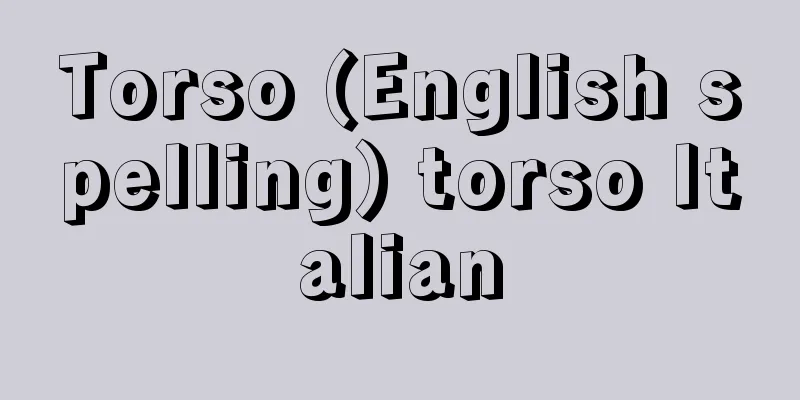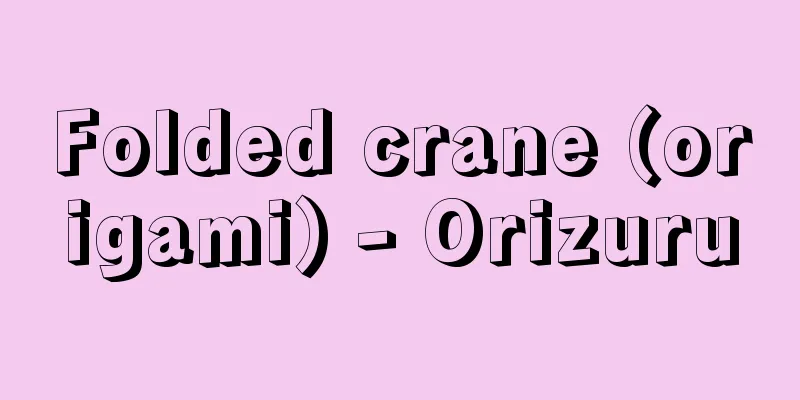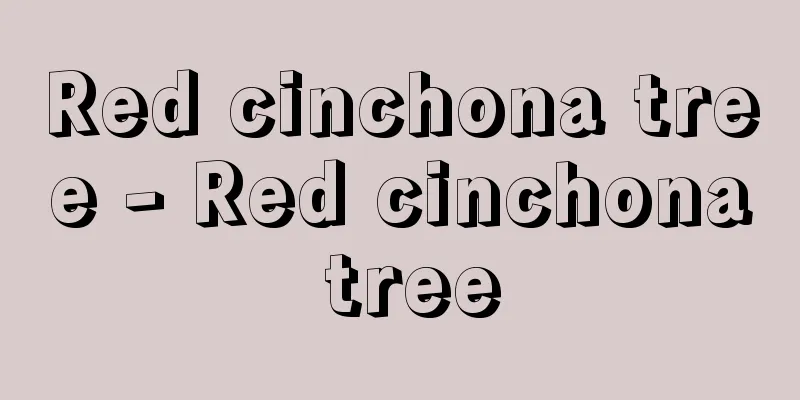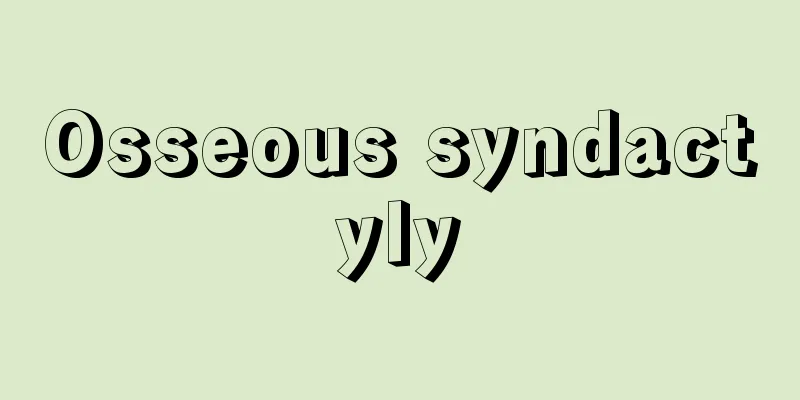Torso (English spelling) torso Italian

|
A sculptural term referring to a torso figure. From the meaning of a tree stump, the term has come to mean the torso of a human body, and in art it refers to a statue of only the torso. Sometimes some limbs are left intact. During the Neoclassical period, copies of ancient Greek and Roman sculptures were popular, and studies were made based on missing pieces of excavated art. In modern times, after Rodin, the formative qualities of the mass became recognized, and sculpture began to be produced as independent works. This can be seen as a process in which sculpture was moving away from concrete objects. [Mitamura Shunsuke] Source: Shogakukan Encyclopedia Nipponica About Encyclopedia Nipponica Information | Legend |
|
彫刻用語で胴部像のこと。木の切り株の意から転じて人体の胴、美術上は胴体部分のみの彫像をいう。ときに、四肢の一部を残したものもある。新古典主義時代に古代ギリシア・ローマ彫刻の模刻が盛んで、欠けた発掘品に倣って習作がなされていた。近代になってロダン以後、その量塊(マッス)のもつ造形性が認識され、独立した作品として制作されるようになった。彫刻が、具象物から離れていく一過程と考えられよう。 [三田村畯右] 出典 小学館 日本大百科全書(ニッポニカ)日本大百科全書(ニッポニカ)について 情報 | 凡例 |
<<: Torcello Island (English spelling)
Recommend
Shogunzuka Tomb
There are ancient tombs called Shogunzuka or Shogu...
Ostyak - Ostyak
→Hunty Source : Heibonsha Encyclopedia About MyPed...
Apollonian and Dionysian - Apollonian and Dionysian
...In art, Apollo is always depicted as an ideal ...
Meighen, Arthur
Born June 16, 1874, near Anderson, Ontario [Died] ...
Asphalt mortar
…Colored mortar is used for decorative finishing....
Steel ship
A ship made of steel. With the advancement of ship...
Iwakiyama Shrine
It is located in Terasawa, Hyakuzawa, Hirosaki Ci...
Tigridia
…A perennial bulbous plant of the Iridaceae famil...
low birth weight infant
...A birth before 24 weeks of pregnancy where the...
Sigurd
…A character who appears in Old Norse legends suc...
Myrosin
…Most species of the Brassicaceae family have spe...
Vision - Genshi
〘 noun 〙 The appearance of something as if it exis...
General Free Person
...In the 19th century, this idea was combined wi...
Ancient stories - Kojidan
A collection of tales from the early Kamakura per...
Kimono shop - Gofukuya
A merchant who bought and sold kimono (silk fabri...



![Tateiwa [village] - Tateiwa](/upload/images/67cc23016b3da.webp)





